Features > Property News & Insights > Market updates
Supersized rate cuts and property price boost coming?
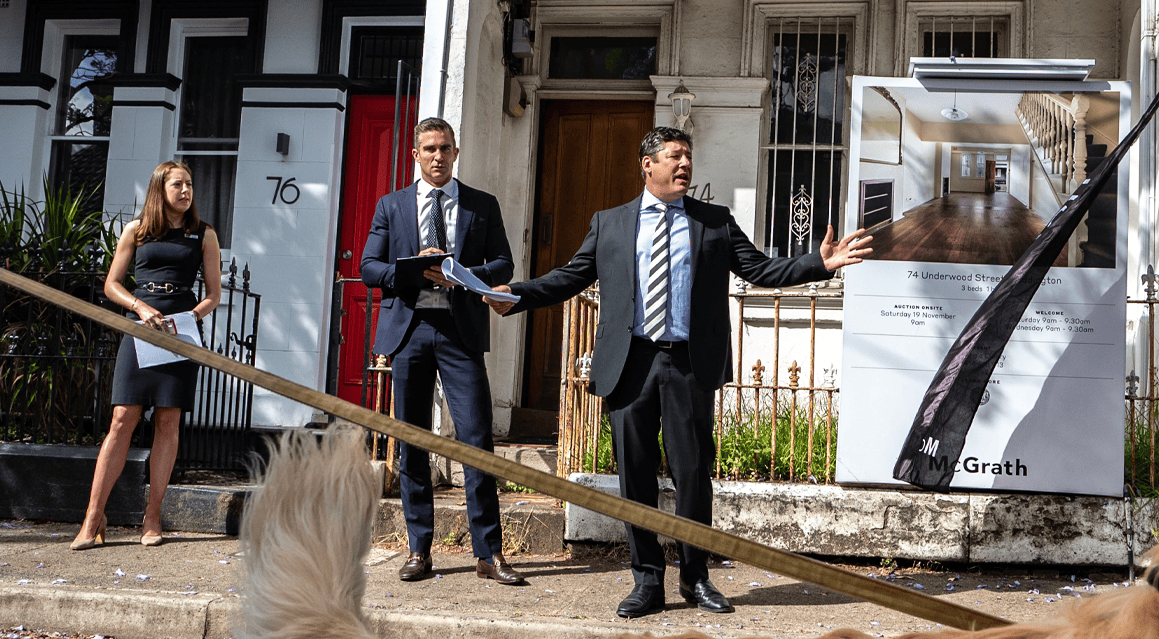
Image by Flavio Brancaleone/The Sydney Morning Herald
KEY POINTS
- US President Trump’s new tariffs have triggered a massive global stock sell-off, with the Australian stock exchange seeing losses of $160 billion in just ten minutes
- Fearing a global recession, money markets have now priced in nearly four 0.25% RBA rate cuts in 2025, with the first cut next month - possibly as large as 0.5%
- Rate cuts historically boost property prices, with CoreLogic estimating a 1% drop raises dwelling values by 6.1%, suggesting a 9%+ increase from February levels
The turmoil on global markets, unleashed by US President Donald Trump’s new tariffs, has seen trillions of dollars wiped off equity markets in just a few days and caused fears of a global economic slowdown.
A side effect of this turmoil is that the Reserve Bank of Australia might have to move more quickly to cut interest rates, in order to try to spare Australia from falling into a recession.
As the Australian dollar has fallen, money markets have now fully priced in at least 4 more interest rate cuts this year.
Previous sharp rate-cutting cycles in Australia have usually been followed by significant spikes in residential property prices.
The details
The fall-out from the economic earthquake unleashed by Donald Trump’s “Liberation Day” tariffs has seen some of the biggest share market falls since the Global Financial Crisis.
Just ten minutes after the ASX opened on Monday, the 7th of April, $160 billion had been wiped off the value of Australian shares.
Although the market recovered some ground during the day, it still closed down 4.23% - $100 billion in the red - the biggest one-day loss in 5 years.
With most Australians having some exposure to the share market, either directly or through superannuation, it led Channel Seven News to declare that “every Australian is considerably poorer tonight”.
“For Australia, the direct impact of US tariffs, however, may not be large,” Deloitte Partner David Rumbens explains.
“Only 4% of Australia’s total goods exports go to the US.”
However, he points to markets being spooked by the indirect impact on Australia’s economy, given the large tariffs levied on China, our largest export market.
“In 2023, Australia sent almost 40% of its goods exports, dominated by resources and energy products, to China,” Mr Rumbens says.
“As tariffs mount and draw retaliation, China’s economy could slow further, resulting in a significant moderation in demand for Australia’s exports, and/or a large decline in global commodity prices.
“It could also lead to stranded exports locked out of the US market being redirected to markets such as Australia at lower prices, allowing Australia to import deflation.”
Lower interest rates
The expectation of lower interest rates in Australia in the year ahead saw the Aussie dollar fall below 60 US cents for the first time since the Global Financial Crisis.
Money markets now believe that the Reserve Bank of Australia will cut rates steeply this year, pricing in more than 1% of additional cuts by December, starting with the central bank’s next interest rate setting meeting in May.
In fact, fears of a global recession are now leading markets to price in a 50% chance that May’s cut could be a super-sized half a percent, instead of just a standard 25 basis point easing.
“To ward off any potential decline in spending here, a rate cut would help to bolster sentiment,” says David Bassanese, the Chief Economist at Betashares.
It’s a sharp turnaround from just a few months ago, when the RBA insisted on keeping rates steady at a 13-year high, in order to try to get Australians to spend less and slow the economy down.
Then, expectations were that official interest rates would take a long time to come down from their 13-year highs and the so-called “terminal rate” - where the RBA would aim to remain on hold over the longer term - would be around 3.5%.
The RBA’s own latest Statement on Monetary Policy, issued in February, “assumes” a cash rate of 3.4% in June 2026, 3.5% in December 2026 and 3.5% in December 2027
Now markets appear to believe the RBA could go much further.
“It's now expected that the cash rate will finish at 2.8%, which I suppose qualifies as the silver lining,” says ABC Finance commentator, Alan Kohler.
An RBA cash rate of around 2.8% translates into variable retail mortgage rates of between 4-4.5%, down from the current 6.3% for owner occupiers and 6.6% for investors.
Home price lift?
So what would lower interest rates mean for home prices?
“Lower rates mean buyers can borrow more, spend more, and ultimately make housing a more attractive investment,” according to CoreLogic’s Head of Research, Eliza Owen.
In a recent study, Ms Owen looked at what happened in three previous rate reduction cycles (August 2014 – May 2015, November 2015 – August 2016 and December 2018 – October 2019).
“CoreLogic estimates based on previous periods of rate reductions that national dwelling values would increase an average of 6.1% for each one percentage point decline in the cash rate,” Ms Owen concluded.
That modelling would suggest that if the “terminal” cash rate is indeed around 2.8%, house prices should rise over 9% from levels in February this year, when the RBA started its rate-cutting cycle.
However, as Eliza Owen cautioned, “Australia is not one housing market.”
“If history is anything to go by, certain markets will see a bigger boost from rate reductions than others, and it may be because of market characteristics like price point, location and investor interest,” she said.
Stay Up to Date
with the Latest Australian Property News, Insights & Education.




.png?width=292&height=292&name=Copy%20Link%20(1).png)
 SIGN UP FOR FREE NEWSLETTER
SIGN UP FOR FREE NEWSLETTER
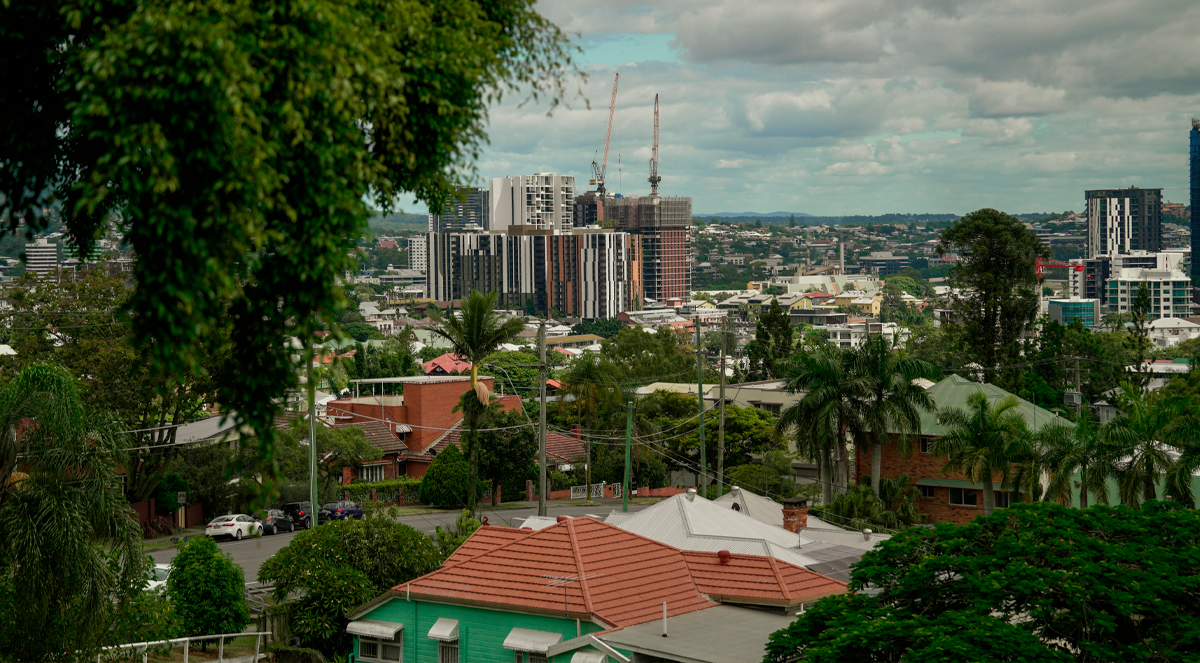
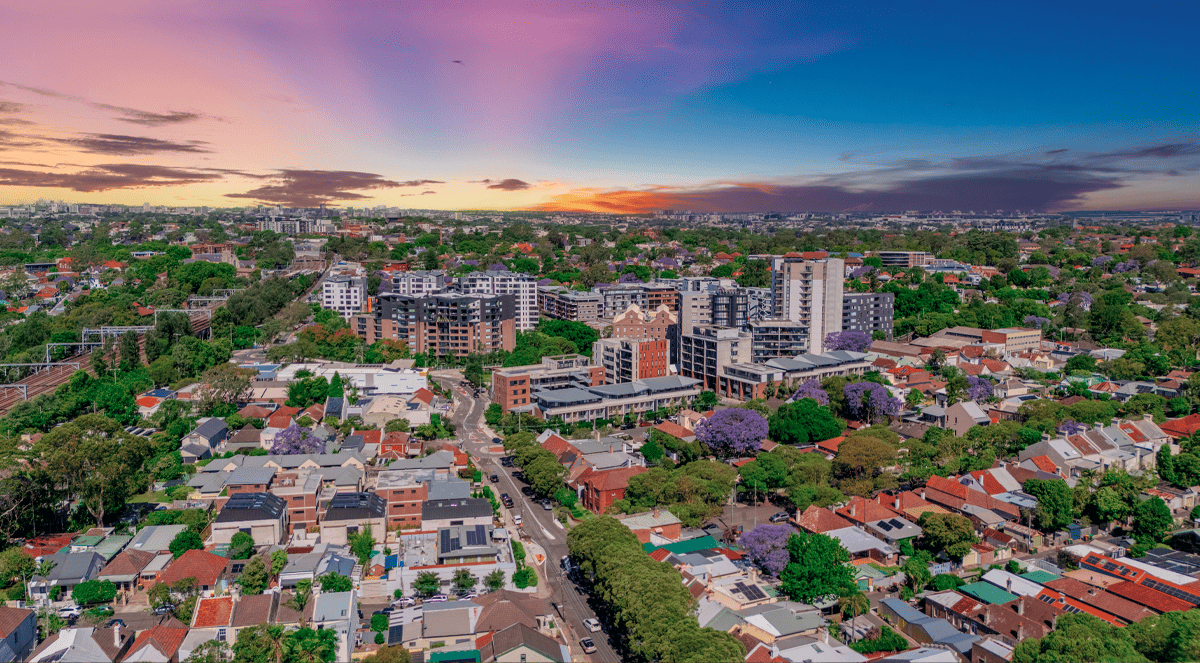
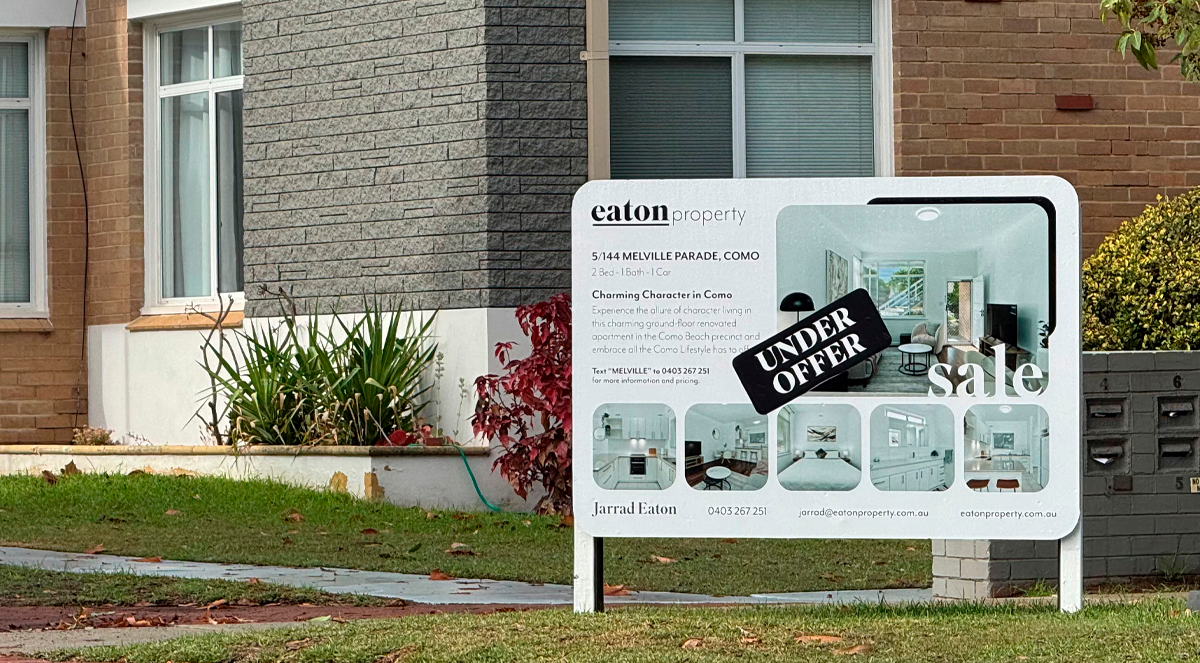

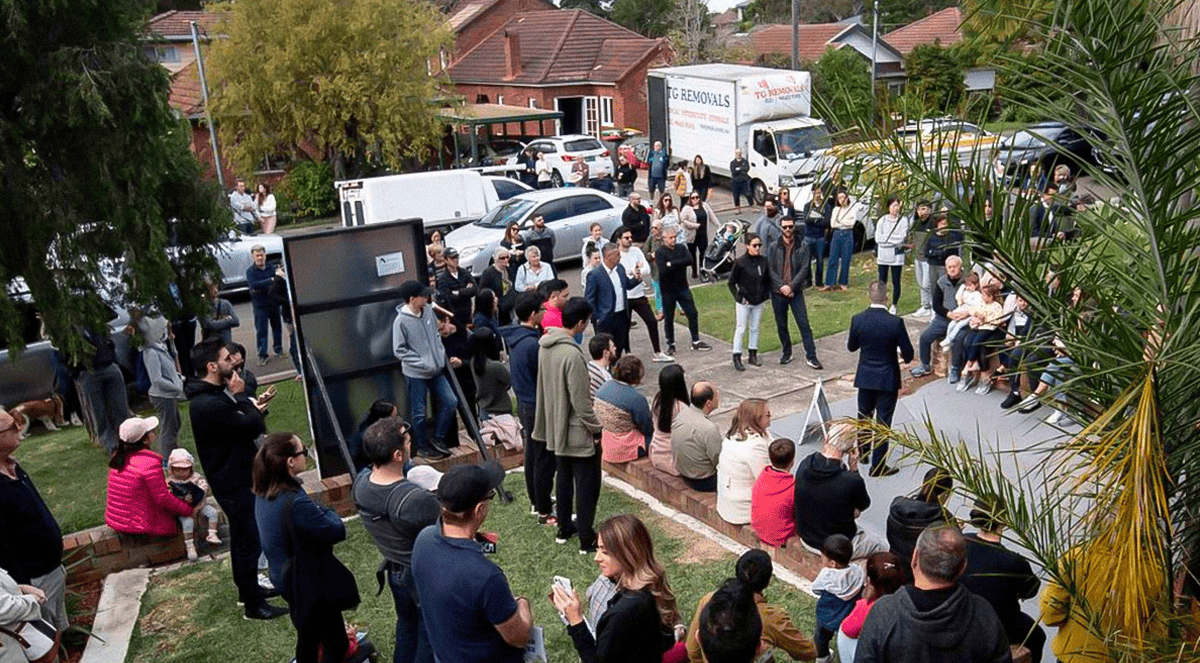
.jpg?width=1920&height=1080&name=Warning%2c%20You%20Might%20Be%20Facing%20Higher%20Taxes%20Soon%20(1).jpg)





.png?width=1920&height=1080&name=Rate%20Drops%20Signal%20BIGGEST%20Property%20Boom%20in%20DECADES%20(1).png)

.jpg?width=1920&height=1080&name=Labor%20vs%20Liberal%20These%20Housing%20Policies%20Could%20Change%20the%20Property%20Market%20Forever%20(1).jpg)
.jpg?width=1920&height=1080&name=QLD%20Slashes%20Stamp%20Duty%20Big%20News%20for%20Investors%20%26%20Home%20Buyers%20(1).jpg)
.jpg?width=1920&height=1080&name=Trump%20Just%20Slapped%20Tariffs%20%E2%80%93%20Here%E2%80%99s%20What%20It%20Means%20for%20Australia%20(1).jpg)
.jpg?width=1920&height=1080&name=Federal%20Budget%202025%20More%20Debt%2c%20No%20Housing%20%E2%80%93%20Here%E2%80%99s%20What%20You%20Need%20to%20Know%20(1).jpg)
.jpg?width=1920&height=1080&name=Australias%20Housing%20Crisis%20is%20about%20to%20get%20MUCH%20Worse%20(New%20Data%20Warns).jpg)
%20(1).jpg?width=1920&height=1080&name=Australias%20RENTAL%20CRISIS%20Hits%20ROCK%20BOTTOM!%20(2025%20Update)%20(1).jpg)
%20(1).png?width=1920&height=1080&name=Is%20Adelaide%20Still%20a%20Good%20Property%20Investment%20(2025%20UPDATE)%20(1).png)
.jpg?width=1920&height=1080&name=RBA%20Shocks%20with%20Rate%20Cuts!%20What%E2%80%99s%20Next%20for%20Property%20Investors%20(1).jpg)
%20(1).jpg?width=1920&height=1080&name=I%20Predict%20The%20Feb%20Rate%20Cut%20(My%20Price%20Growth%20Prediction)%20(1).jpg)
.png?width=1920&height=1080&name=Why%20Property%20Prices%20Will%20Rise%20in%202025%20Market%20Predictions%20(1).png)
.jpg?width=1920&height=1080&name=Why%20Investors%20Are%20Choosing%20Apartments%20Over%20Houses%202%20(1).jpg)
.jpg?width=1920&height=1080&name=Why%20Rate%20Cuts%20Will%20Trigger%20A%20Property%20Boom%20(1).jpg)
.jpg?width=1920&height=1080&name=Retire%20On%202Million%20With%20One%20Property%20(Using%20SMSF).jpg)
.jpg?width=1920&height=1080&name=4%20Reasons%20Why%20You%20Should%20Invest%20in%20Melbourne%20Now%20(1).jpg)
%20(1).jpg?width=1920&height=1080&name=Old%20Property%20vs%20New%20Property%20(Facts%20and%20Figures%20Revealed)%20(1).jpg)
%20(1).jpg?width=1920&height=1080&name=Will%20The%20New%20QLD%20Govt%20Create%20a%20Property%20Boom%20or%20Bust%20(My%20Prediction)%20(1).jpg)
%20Scott%20Kuru%20(1).jpg?width=1920&height=1080&name=Inflation%20Hits%20Three-Year%20Low%20(Will%20RBA%20Cut%20Rates%20Soon)%20Scott%20Kuru%20(1).jpg)
.jpg?width=1920&height=1080&name=How%20to%20Buy%20Investment%20Property%20Through%20SMSF_%20The%20Ultimate%20Guide%20(1).jpg)
.jpg?width=1920&height=1080&name=Victoria%20Slashes%20Stamp%20Duty%20Melbourne%20Set%20to%20Boom%20Scott%20Kuru%20(1).jpg)
.png?width=1571&height=861&name=Are%20Foreign%20Buyers%20Really%20Driving%20Up%20Australian%20Property%20Prices%20(1).png)
.jpg?width=1920&height=1080&name=The%20Single%20Factor%20That%20Predicts%20Property%20Growth%20Regions%20(1).jpg)
%20Scott%20Kuru%20(1).jpg?width=1920&height=1080&name=My%20Prediction%20On%20Rates%20%26%20Negative%20Gearing%20(Market%20Crash)%20Scott%20Kuru%20(1).jpg)

-1.png?width=1920&height=1080&name=Major%20Banks%20Cut%20Rates%20Will%20RBA%20Follow%20Suit%20(Sept%20Rate%20Update)-1.png)
%20Scott%20Kuru-1.png?width=1920&height=1080&name=Rate%20Cut%20Coming%20What%20New%20Zealands%20Move%20Means%20for%20Australia%20(Sept%20Prediction)%20Scott%20Kuru-1.png)
%20(1).jpg?width=1920&height=1080&name=Buy%20when%20the%20interest%20rates%20are%20high!%20(Why%20you%20must%20buy%20now!)%20(1).jpg)
.jpg?width=1920&height=1080&name=Carms_Revised%20Taxes%20Due%20Aug%209%20YT%20Thumbnail02%20(1).jpg)
.jpg?width=1920&height=1080&name=Carms_Too%20Little%20Too%20Late%20Aug%207%20YT%20Thumbnail01%20(1).jpg)









.jpg?width=1920&height=1080&name=Carms_Rate%20Drop%20In%20July%20Jun%2010%20YT%20Thumbnail02%20(1).jpg)
.jpg?width=1920&height=1080&name=Carms_Own%20a%20Property%20V6%20Jun%205_YT%20Thumbnail%20(1).jpg)









.png?width=1920&height=1080&name=Artboard%201%20(3).png)






.jpg?width=1920&height=1080&name=YT%20thumbnail%20%20(1).jpg)

